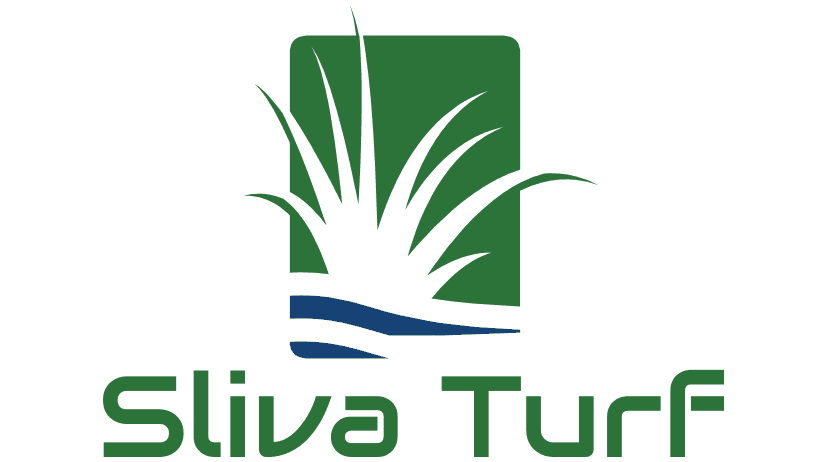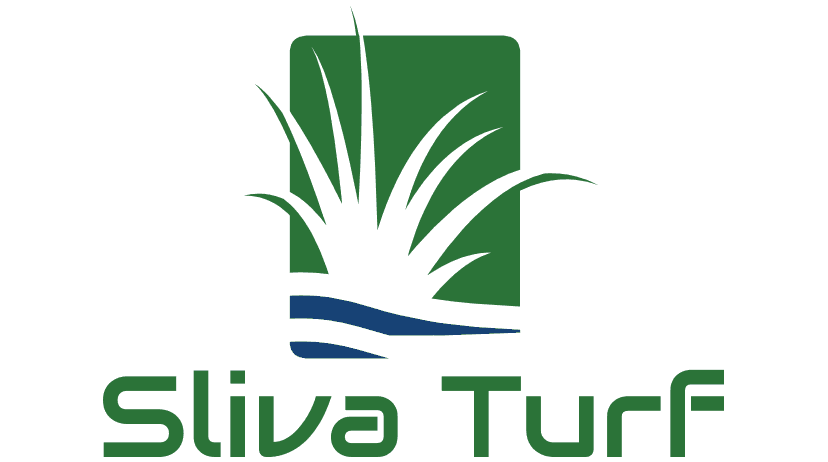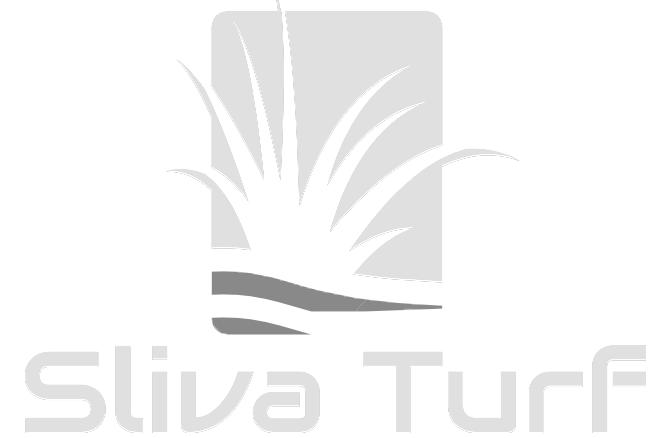Turf Grass Varieties at Sliva Turf
Raleigh St. Augustinegrass
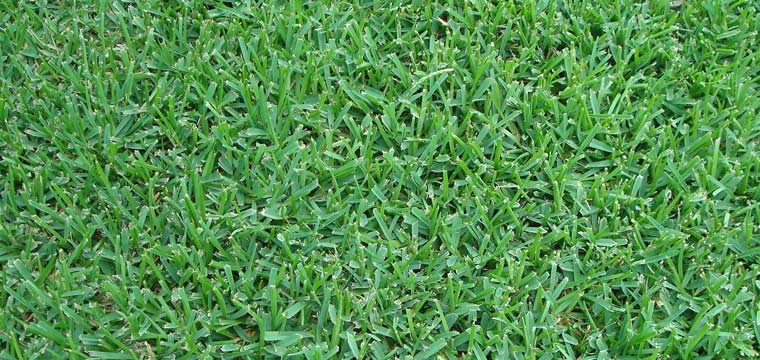
St. Augustine has been used for lawns in Central and West Texas. It will persist with higher maintenance and as a grass alternative to using ground covers in shaded sites. However, More drought tolerant grasses persist with less irrigation. St. Augustine grass is a warm-season lawn grass that is popular for cultivation in tropical and subtropical regions. It is a medium- to high-maintenance grass that forms a thick, carpet-like sod, crowding out most weeds and other grasses. Raleigh St. Augustine came from North Carolina and was developed to withstand the cooler temperatures, finer textured, SAD resistance and more shade tolerant. St. Augustine Decline (SAD) is a virus causing a chlorotic mottling or stippling of St. Augustinegrass leaves. St. Augustinegrass and centipedegrass are the only turfgrasses that the virus is known to affect. However because of the Raleigh St. Augustine Grass ability to form a dense, thick coverage it is said to be SAD resistant.
Common Bermudagrass

Bermudagrass also called wiregrass, is the primary turf grass for much of the temperate and tropical areas of the world. Common bermudagrass is drought tolerant, easy to establish by seed. Originating in Africa and India, this grass has the ability to withstand extremes in climatic and growing conditions around the world. "Common" Bermudagrass seed has been used for many years as a preferred turf surface for uses as diverse as professional sports fields, pastures, parks and home lawns.
Tifway 419 Bermudagrass
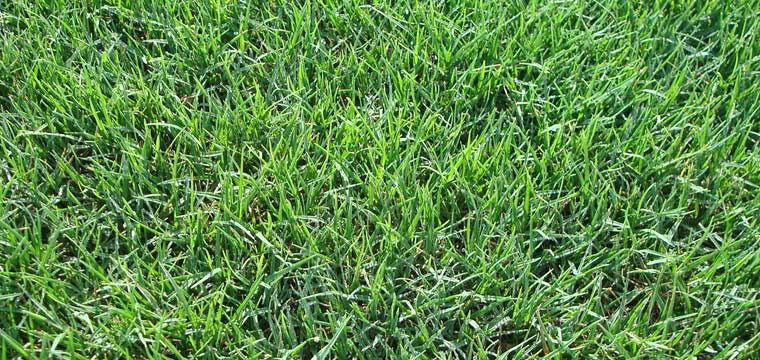
Tifway 419 is an improved variety that is vegetatively established. Used extensively on sodded Football and Baseball fields. It is fast-growing and tough, making it popular and useful for sports fields, as when damaged it will recover quickly. It is a highly desirable turf grass in warm temperate climates, particularly for those regions where its heat and drought tolerance enable it to survive where few other grasses do. This combination makes it a frequent choice for golf courses in the southern and southeastern U.S. It has a relatively coarse-bladed form with numerous cultivars selected for different turf requirements.
Palisades Zoysia
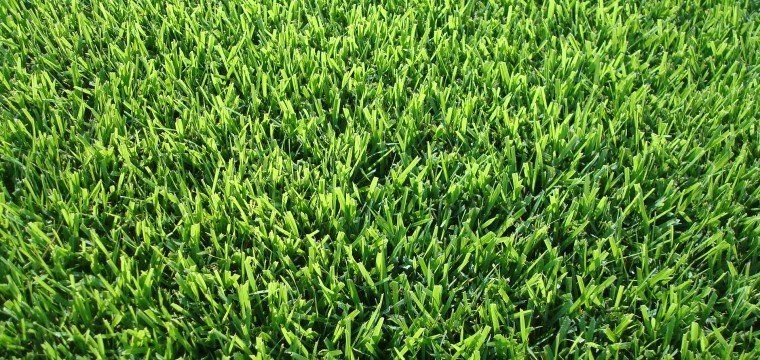
Palisades Zoysia is a species of creeping, mat-forming, short perennial grass that grows by both rhizomes and stolons. Palisades Zoysiagrass is a vegetatively produced medium broad textured high-density turf noted specifically for Turfgrass suitable for home lawns, golf fairways and roughs, sports fields, industrial parks, and highway medians. Palisades is noted for its shade tolerance and low water use requirements.
Common Centipedegrass
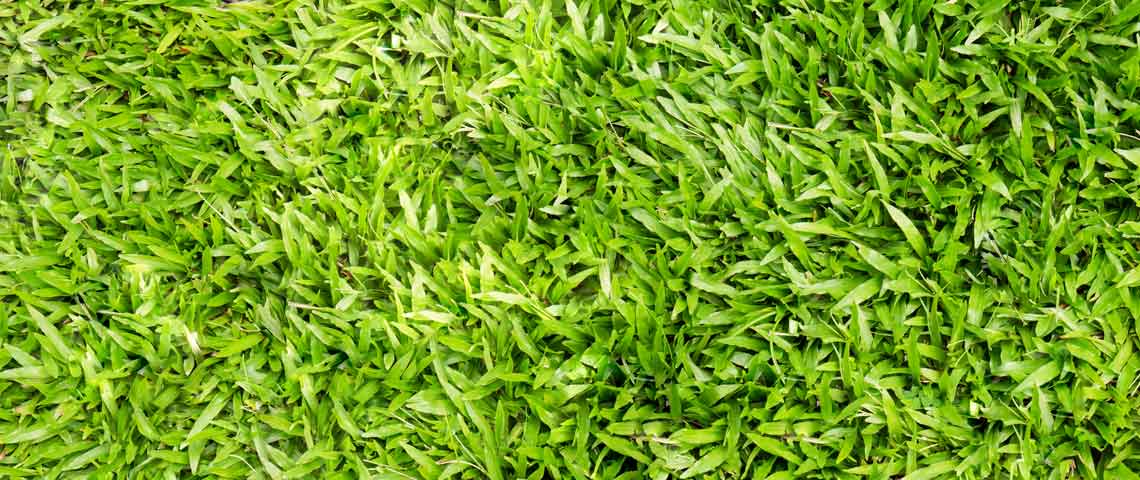
Centipedegrass is a warm season lawn grass that is thick sod forming, uniform hugs the ground growth spreading by stolons, and medium to light green colored. It has a coarse texture with short upright seedhead stems that grow to about 3-5 inches. Centipedegrass is a low maintenance grass. It requires infrequent mowing. Centipedegrass has medium shade tolerance and limited traffic tolerance. Centipedegrass is shallow rooted and has poor drought tolerance. During summer months soil moisture should be monitored. Centipedegrass should only be watered when stressed, and only when the soil can be watered four to six inches. Centipedegrass survives in mild cold temperatures as long as there aren’t several hard freezes since it doesn’t go into a true dormancy. With light freezes it will turn brown but recover and re-green as the temperature rises. Centipedegrass does well in sandy and acidic soils. Centipedegrass has low fertilization requirements. Too much nitrogen encourages the stolons to grow above the soil instead of on the soil which then reduces its cold and drought tolerance. When healthy, this full sun and slightly shade tolerant grass is aggressive enough to choke out weeds and other grasses.
